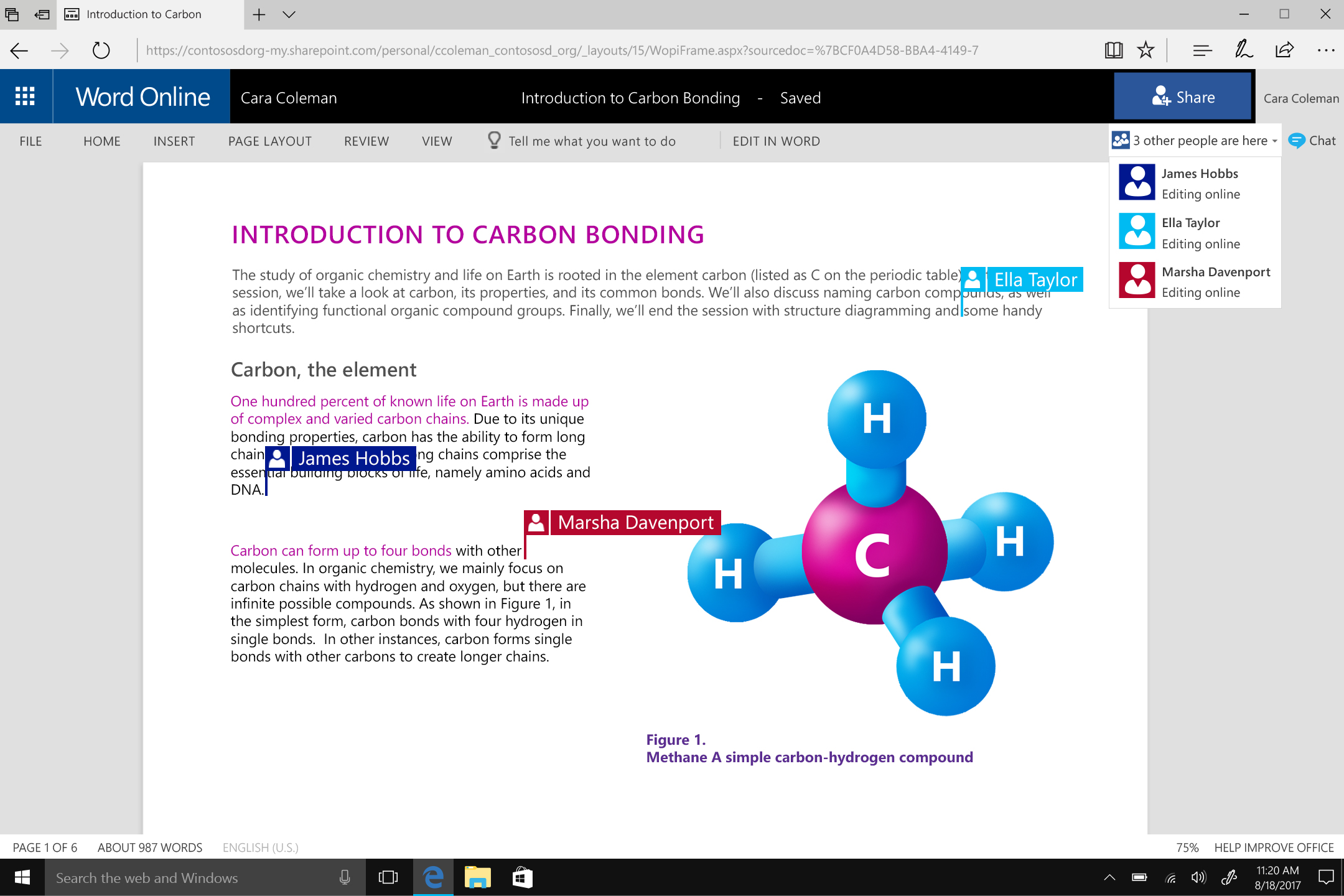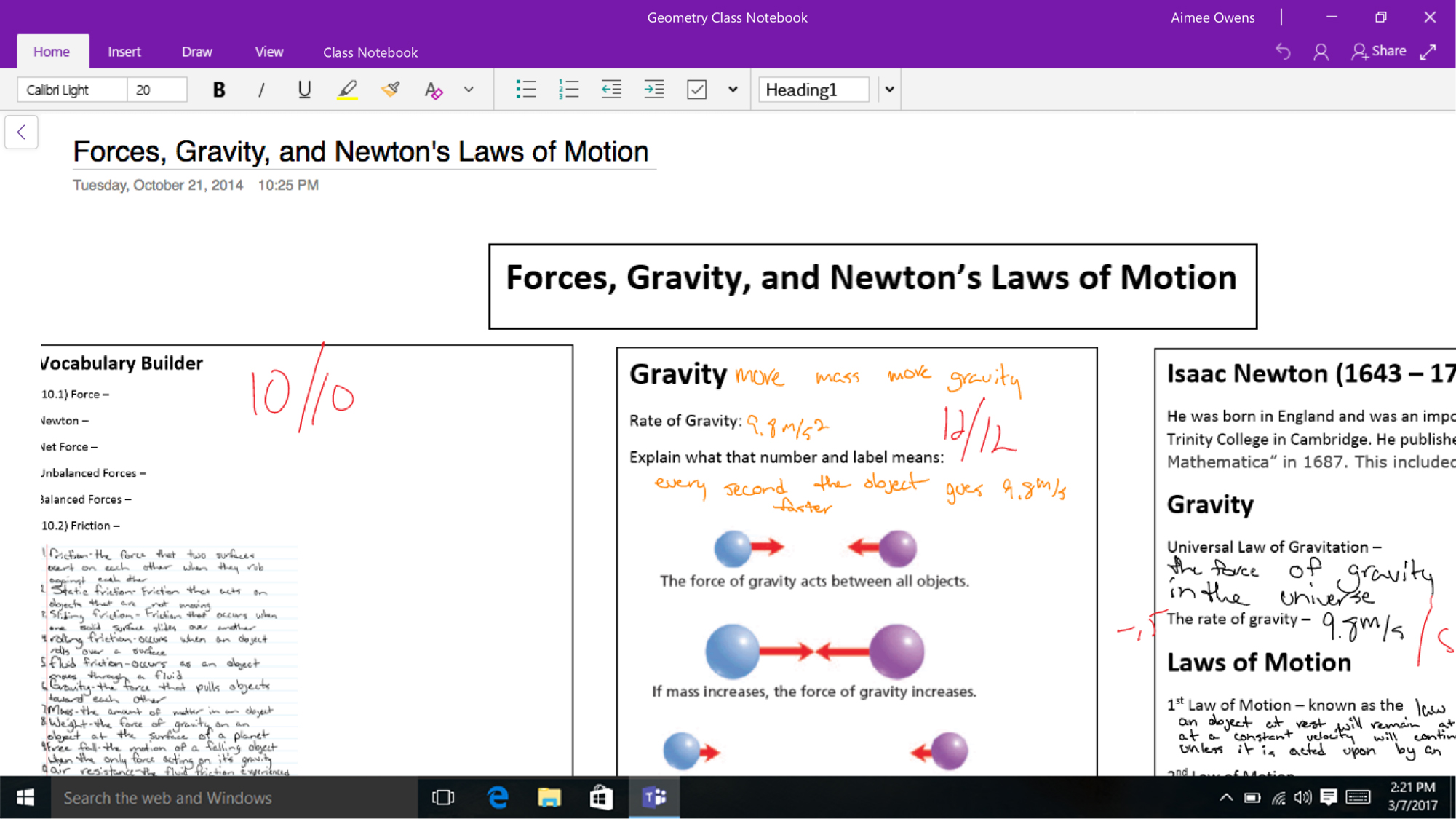Windows 10 S release date, news and features
Windows 10 S was unveiled by Microsoft back in May 2017. And, ever since, the thin client version of the beloved Windows 10 Home operating system has been met with mixed reviews. This is primarily because of the restrictions it imposes on those seeking to use traditional legacy programs not found on the Windows Store.
Rather than letting you install any program you’d like – as the traditional Windows platform allows – Windows 10 S instead only allows apps from the Windows 10 Store – which, luckily, is about to get a fresh coat of paint. While there are obvious security benefits to this approach, traditional PC users are understandably not fans of this system.
Don’t worry, Microsoft gets it, and is now allowing users to switch out of Windows 10 S Mode through a store page. Right now, it’s just a one way switch, but we’ve seen speculation that Windows 10 will soon include a simple ‘on/off’ switch in the Settings app. This is great news for anyone who doesn’t want to feel constrained by the limits of their operating system.
And, now that the Windows 10 April 2018 Update has been released to the public, Windows 10 S users have access to a plethora of new features like Timeline and Focus Assist that will help anyone trying to get some work done on their device. We’ve also got a sneak peek at some of the new features coming in Windows 10 Redstone 5, the next major Windows 10 overhaul – including the cool new Sets feature and a much more robust ‘Your Phone’ app.
For more on that development as well as the specific advantages and disadvantages of using Windows 10 S in its current state, keep reading for the complete run-down.
Cut to the chase
- What is it? Windows 10 without x86 and x64 apps
- When is it out? Available now
- What will it cost? Free to all schools using Windows 10 Pro

Windows 10 S release date
Windows 10 S was originally released on May 2, 2017, with devices using the OS releasing on the same day, and other devices, like the Surface Laptop, came out in the following months. And, now that Windows 10 S Mode is available, making lower-end devices far more flexible, we could be seeing many more devices using Windows 10 S in the near future.
As for that simple switch that will make it easy to switch between Windows 10 S and Windows 10? Well, we’re not sure when that’s going to happen, but if we had to guess, we’d point to the upcoming Windows 10 Redstone 5 update.
Now, as for the reveal of Windows 10 S itself – Microsoft’s event invitation was titled ‘#MicrosoftEDU’, making no misgivings about its aims with the new OS. While Windows 10 S is not for individual sale, it is issued to IT administrators in education as well as laptops found in stores and online.
It’s no coincidence that Windows 10 S is focused on the education sector, where Google’s Chromebooks are experiencing outlandish success.

Windows 10 S price
Windows 10 S doesn’t cost a dime. Well, not to schools sporting Windows 10 Pro already, that is. The cost of the OS is, more than likely, being subsidized by hardware makers in its pricing albeit for far less than Windows 10 proper, if not for free.
In short, you won’t be paying for Windows 10 S so as much as you’ll pay for the hardware running it (with, again, whatever Microsoft’s charging its partners, if anything, to license the software baked in that price somehow, too).
Save for the new Surface Laptop, laptops running Windows 10 S start at $189 (about £146, AU$251) and cap out at around $299 (about £239, AU$396). PC makers across the board, including Dell, HP, Asus, Acer and Lenovo, have all launched Windows 10 S-powered notebooks at this time.
Premium category laptops were said to be joining the Windows 10 S family as well, but aside from Microsoft’s own Surface Laptop, they’ve been few and far between up to this point – save for Qualcomm Snapdragon 835 laptops, like the Asus NovaGo and HP Envy x2.
With word spreading that Microsoft is aiming to make Windows 10 S into a mode within Windows 10 proper, however, there may soon be an additional software cost for those looking to unlock compatibility with programs not featured in Microsoft’s own digital storefront.
Though Windows 10 Home users will be exempt from this fee, Pro users will allegedly have to shell out $49 to exit Windows 10 S Mode. That said, now that Windows 10 S Mode is live, we haven’t actually seen Microsoft actually charging to exit out of it. Just note that right now it’s only one-way. You’ll have to reinstall the OS to go back to S Mode.

What is Windows 10 S?
As we said, Windows 10 S is a more lightweight, pared down version of Windows 10. Specifically, the OS can only support apps downloaded from Microsoft’s Windows Store and those already baked into the OS.
This talk of a version of Windows that can only download Microsoft-approved apps is familiar, isn’t it? Microsoft believes it has mastered this approach since the turbulent days of Windows 8 RT and Windows 8 with Bing – both of which tried to position Microsoft as the sole provider of apps through curation.
The good news is that this allows for a startup time of under 5 seconds as opposed to the 30 - 40 second startup time of Windows 10 Pro. Not only that, but configuring settings (such as Wi-Fi, webcam, etc.) across an entire classroom of students is as easy as inserting a USB stick in each of their laptops.
Being in competition with Google’s Chrome OS, Microsoft has, of course, also positioned Windows 10 S as a more secure PC operating system. However, its resilience to viruses is mostly a side-effect of the inability to install apps not approved by Microsoft. Historically, Windows viruses have tended to erupt from untrustworthy internet downloads.
Should you find a must-have app that isn't available in the Microsoft Store in Windows 10 S you can switch from Windows 10 S to Windows 10 Pro – i.e. the Windows 10 we know that can install any app – for a fee. It's $49 for individuals using Windows 10 Home, but it’s waived for any Windows 10 S devices used by schools. However, once the Windows 10 S Mode Switch goes live, that fee will be waived for everyone, making switching free and easy.
More recently, Microsoft has also made it possible for Windows 10 Pro Upgraders to move back down to Windows 10 S – and soon it will work the other way around, as well. And, now that Microsoft is apparently working on Windows 10 Lean Mode, which will be even more lightweight and locked down you won’t need to worry about the version of Windows 10 you install on that shiny new Surface Laptop, because you’ll be able to move back and forth whatever you decide.
That said, what can you expect to see included in devices running Windows 10 S? Well, the Edge browser, OneNote and Windows Ink are all givens. The standard Movies and Groove Music apps, as well as Maps and Mail and Calendar are shoo-ins, too.
Of course, we won’t see x86/x64 program support on a Windows 10 cloud operating system until 2019 when the aforementioned Polaris is expected to touch down and implement a ‘virtualization container’ for each of your favorite legacy applications. That means that, yes, should everything work out perfectly, there will be a Windows 10 cloud OS that can emulate the .exe’s of the past.
Despite its constraints, Windows 10 S still features File Explorer, and although many of the laptops that come with the lightweight OS pre-installed may ship with smaller capacity SSDs, Microsoft’s forthcoming introduction of OneDrive Files On-Demand will make it so files can be stored in the cloud, but still viewed the same way as locally stored content.
All things considered, there are still questions looming around in regard to the viability of Windows 10 S. Fortunately, as new developments emerge to (hopefully) address those criticisms, you can count on us to cover them right here on this page.
Gabe Carey has also contributed to this article
Contributer : Techradar - All the latest technology news https://ift.tt/2p1BgbS

 Reviewed by mimisabreena
on
Tuesday, June 19, 2018
Rating:
Reviewed by mimisabreena
on
Tuesday, June 19, 2018
Rating:














No comments:
Post a Comment